The most elegant floor material for your kitchen is marble. Natural, marble is extracted from the belly of the mountain as large slabs. These are then cut down and refined to become individual tiles, mosaic sheets, and slabs that are used for standard construction, such as floor and wall tiles and countertop slabs.
Marble flooring is historically associated with wealth and opulence. Marble has been used to decorate the palaces of monarchs, as well as in many of the greatest works of architecture and art throughout history. It can give a room a sophisticated feel when installed in the kitchen.
WARNING
When polished, Marble Flooring can have a low coefficient of traction, which means that it could be a slip hazard. It is particularly true in the kitchen where liquids and water may spill. This can be mitigated to some degree by using floor mats.
Marble floors in kitchens: Benefits
Marble flooring is a great option for kitchens.
-
- Unique pattern and color: Tiles are available in many colors. However, the manufacturing and quarrying process causes each marble piece to vary slightly in color. Tiles made from the same slabs have a similar pattern and color, but no two marble floors are the same. Marble is highly valued for its uniqueness.
- Polish : Marble can be polished to a high shine, unlike many other stone floor materials. The manufacturers can then polish the marble surface to an extremely smooth and shiny finish. Polishing tends to enhance the color of the stone and make it more visible.
- Light Transmission. One of the many reasons marble is used so often in sculptures is its slightly translucent nature. This allows light to pass through the surface of lighter marbles, which gives them a subtle glow. The play of light on the marble surface can be beautiful, even in darker colors.
- Marble is a natural material. It is formed in the earth. This is a quality that many people prefer over synthetic materials. Although marble cannot be called biodegradable it is a natural product that can be recycled.
The disadvantages of marble kitchen floors
-
- High Cost: One of the most expensive materials for kitchen flooring is marble. Individual 12 x 12 inch tiles can cost up to $10 per square feet. The price can go up even more when dealing with designer tiles, large slabs and non-standard dimensions.
- Marble can be scratched. It is a soft stone. Polished marble tile are relatively easy to scratch. Marble floors can become damaged over time by moving furniture or pets. It is difficult to repair a marble tile that has been scratched. A professional will usually be needed to polish it.
- Marble can be stained. Because marble is porous, and has a slightly acidic composition, it will react chemically with an acidic substance, creating a stain. Acidic liquids, such as fruit juices and sauces, can spill and splash onto marble floors in the kitchen. This could permanently stain the material.
- Complicated maintenance: In order to prevent stains, a marble kitchen floor will have to be properly sealed with a manufacturer-recommended surface-barrier sealing chemical. It creates a layer of protection over the marble that is invisible, protecting it against staining agents. This sealant will need to be reapplied to the marble tiles every 6-12 months to maintain their appearance.
- Expensive to install, and hard to remove: Marble tiles are expensive to install. When it comes time to replace your marble floor, it may be easier to install a new one directly on top of the old than to remove it and replace.
- Hardness and coldness. Like ceramic tile, marble flooring is a naturally cold material. In colder climates the feeling can be unpleasant, unless there is a radiant heating system integrated into the floor. The marble floor is also extremely hard. This means that anything that can break will shatter instantly. Or worse, the marble tiles themselves may crack.
- Environmental concerns While marble is a natural product, environmentalists note that mining equipment, quarrying saws, and the transport of heavy materials overseas over long distances consumes fossil fuels.
Marble Alternatives
Consider porcelain tiles as an alternative to marble if the cost and disadvantages of marble are causing you to reconsider. Modern porcelains are fabricated to look like other materials such as marble, wood, granite and other types of stone. The faux-marble porcelain tiles come in a wide range of colors and patterns. A porcelain tile floor is almost identical to a marble floor that costs much more. Porcelain tiles are less slippery and do not stain as easily. Porcelain tile is less harmful to the environment because it can be made locally and does not require quarrying.

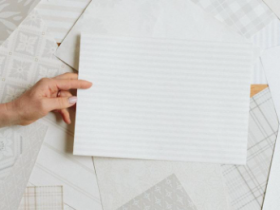





















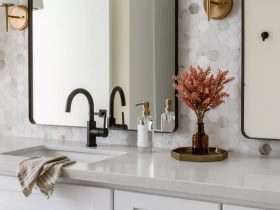
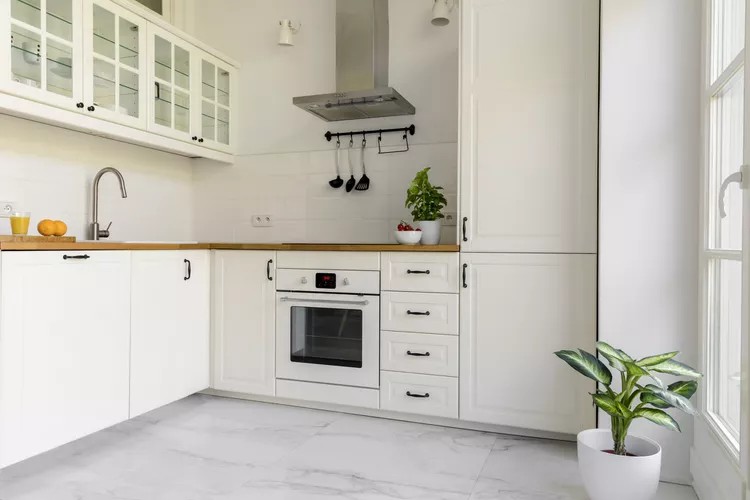



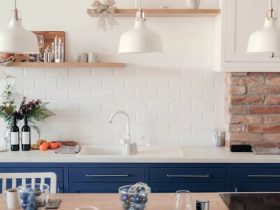
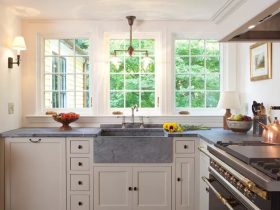
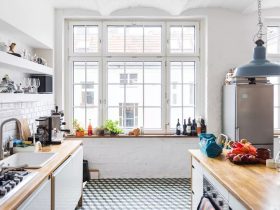
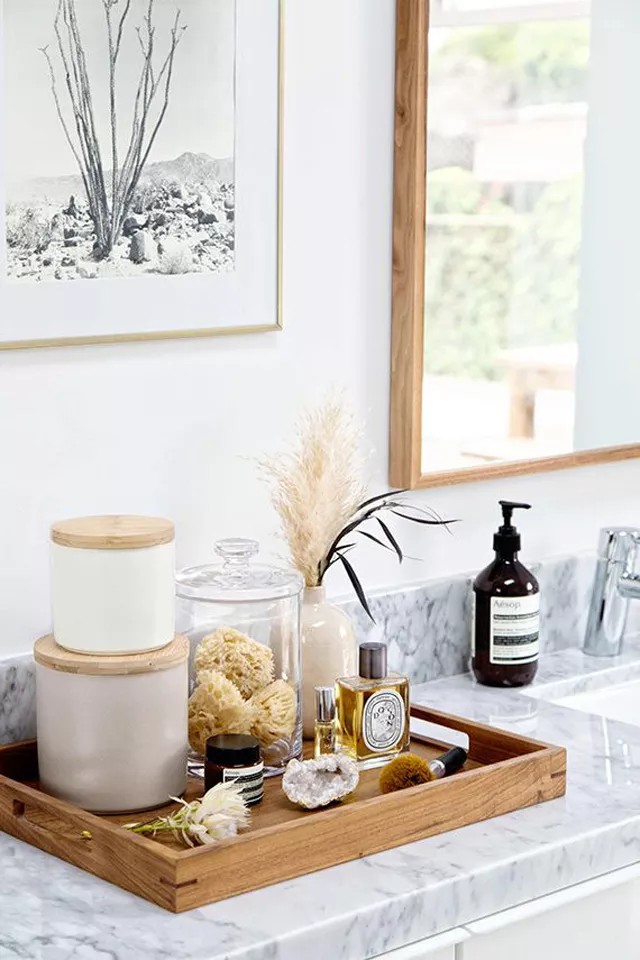
Leave a Reply